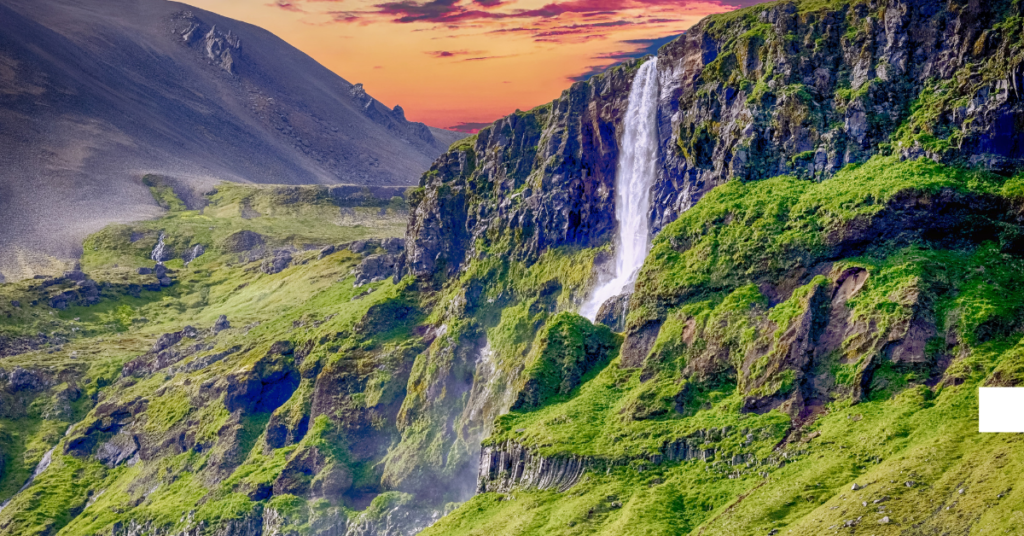Those who have climbed the highest mountains in Africa have probably noticed how the flora and fauna present gradually change as one progresses from high forest in the lowlands to humid, medium-altitude forest with a low canopy, then to grasslands, grassy alps, and finally to cold, windy areas and rocky mountain peaks. We see these changes because physical conditions (eg, geology, soil type, temperature, precipitation) change as we move through the landscape, and species also adapt to different environmental niches as determined by changing conditions.
Gradually, the species presented in the same place are changed by new species better adapted to the new conditions. Climate has a major role in the distribution of biodiversity. Because of this, we are seeing a gradual decline in biodiversity as we move from hot, humid lowlands to cold, windswept high peaks.
Biodiversity is described as the overall diversity of ecosystems in an area, while the term “ecosystem diversity” describes all organisms in an area and the physical and chemical environment with which these organisms interact.
An important part of any ecosystem is its biological community (or ecological community). The abiotic (or physical) environment, particularly climate, energy, and nutrient availability, strongly influences the structure, composition, and properties of the biological component,
For example, water that evaporates from leaves, soil, and other surfaces can later become rain or snow, which provides life-sustaining drinking water. Sunlight’s energy, in turn, fuels photosynthetic plants (or primary producers); The solar energy is then transferred to animals that eat the plants (herbivores or primary consumers) and then to animals that eat other animals (carnivores or secondary consumers).
For example, average temperature and precipitation determine which biome dominates, which in turn affects the species that will be present.
Locally, biological communities themselves can play an important role in modifying the physical environment. Trees in a forest ecosystem can affect wind speed, light, humidity, soil chemistry, and temperature. Similarly, marine biological communities such as kelp forests, seagrass beds, and coral reefs can affect water temperature, water chemistry, sunlight penetration, and the energy of marine life.
These roles and requirements allow different species to coexist and encourage them to do so in the event of interdependence. For example, a particular plant species may only grow in one type of soil, be pollinated by one species of insect, or have its seeds dispersed by only one species of animal. If any of these requirements limit the population size or distribution of that plant, it is considered a limiting resource.
Environmental conditions that govern the abundance of limiting resources can change over time. As a result, many ecological communities may experience significant changes in their composition over time. This is particularly important during ecological succession, which describes the gradual process by which ecosystems change after disturbance.
After clearing the land, the ground absorbs more sunlight, resulting in high temperatures and low humidity throughout the day. These early phases present optimal conditions for pioneer species, such as the sun lover butterflies, herbs, and annual grasses, with seeds dispersed by the wind. A few years later, the first pasture turns into a scrub-covered land that is home to a new set of species. As the shrubs mature, the trees in the forest grow in the shade of the shrubs. Over the decades, as the forest trees mature, the forest cover gradually recovers which, in turn, it provides opportunities for characteristic mid- and late-aged species, such as shade-tolerant wildflowers in moist soils. Eventually, after many decades, climax species, representatives of mature primary forests, start colonizing the area.

Erzsebet Frey (Eli Frey) is an ecologist and online entrepreneur with a Master of Science in Ecology from the University of Belgrade. Originally from Serbia, she has lived in Sri Lanka since 2017. Eli has worked internationally in countries like Oman, Brazil, Germany, and Sri Lanka. In 2018, she expanded into SEO and blogging, completing courses from UC Davis and Edinburgh. Eli has founded multiple websites focused on biology, ecology, environmental science, sustainable and simple living, and outdoor activities. She enjoys creating nature and simple living videos on YouTube and participates in speleology, diving, and hiking.

